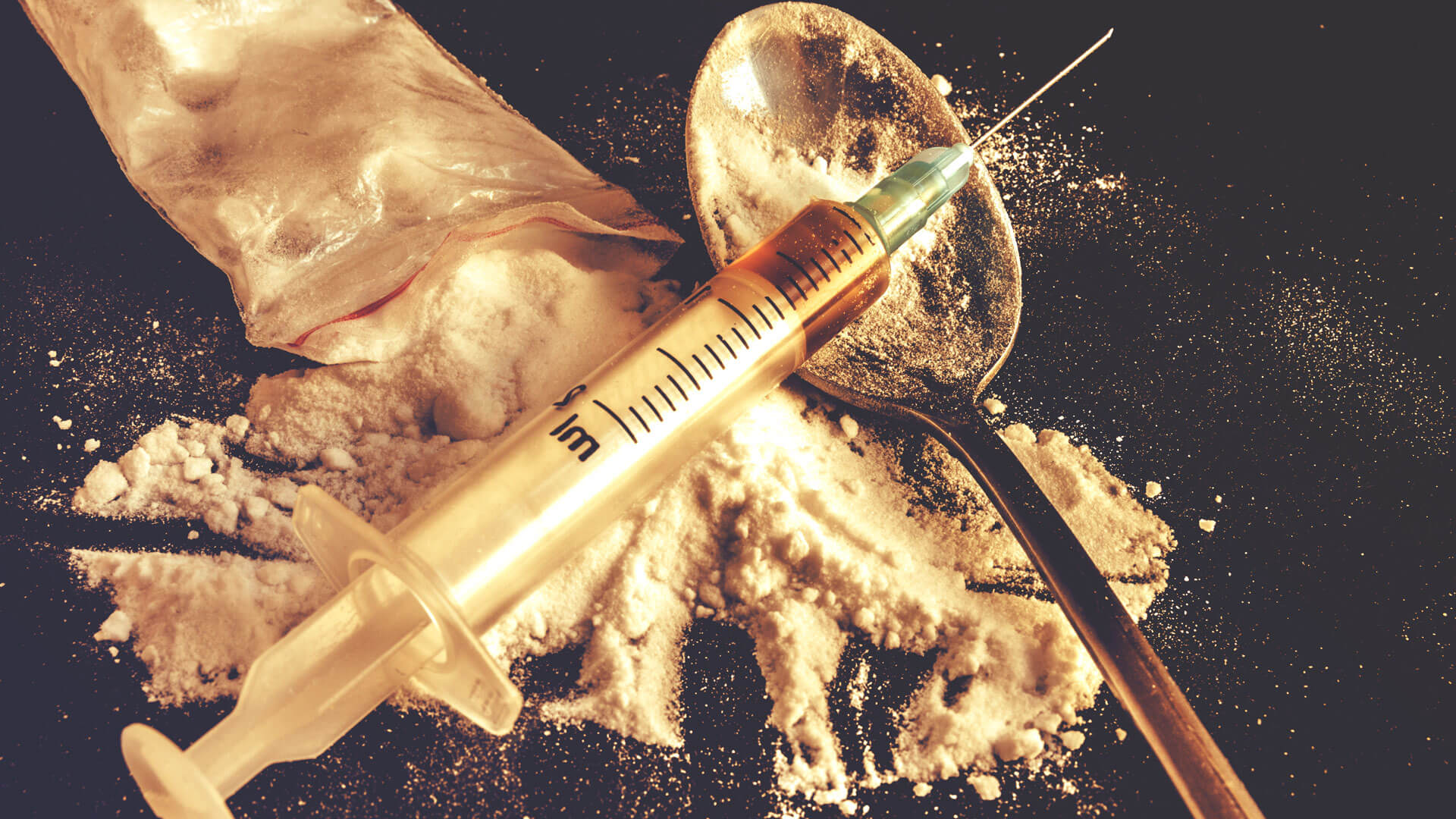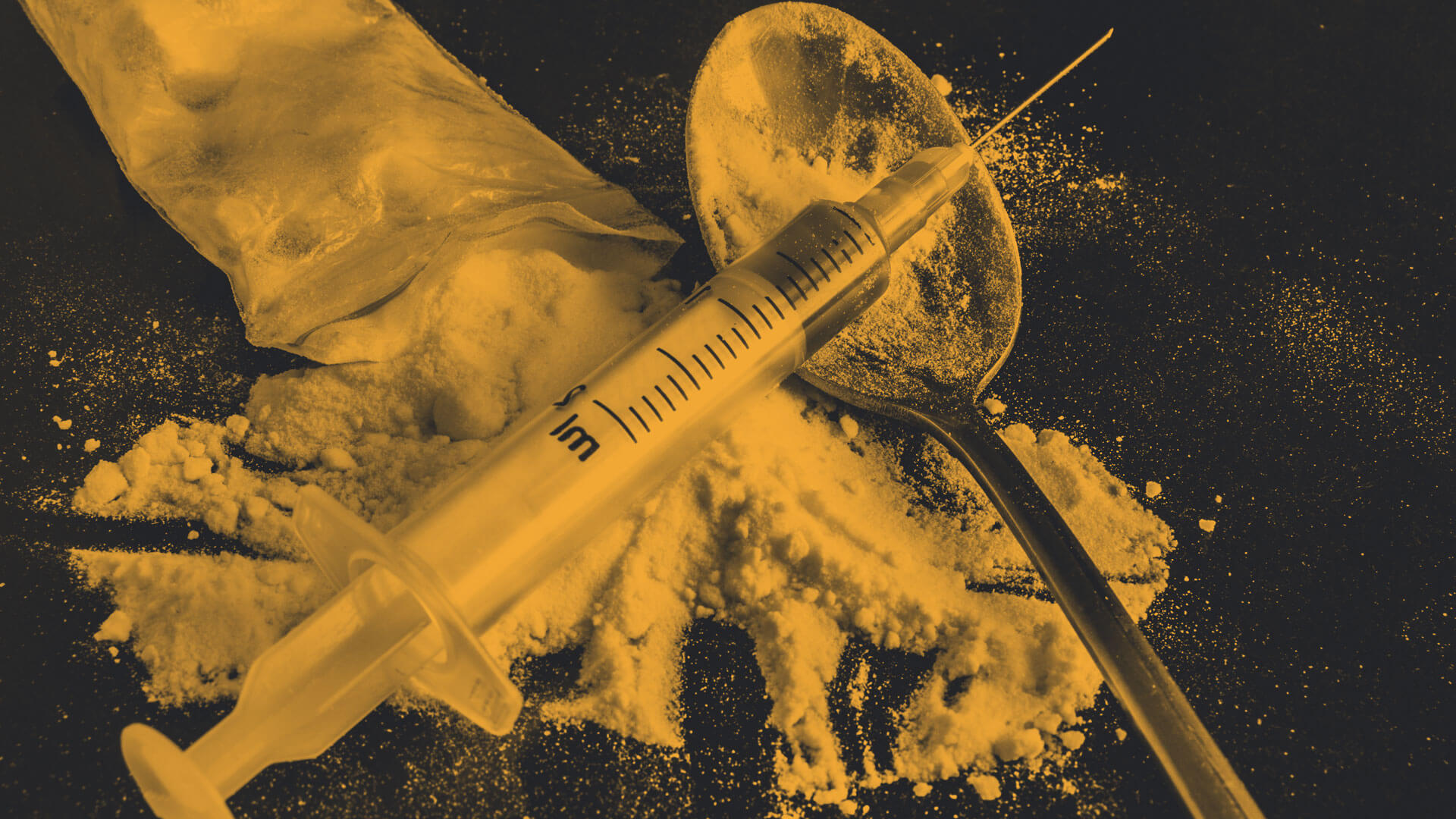The majority of drug users do not begin with injection. Instead, they opt for less direct methods such as ingesting or smoking substances. However, as dependence and tolerance increases, addicts seek out stronger and faster highs. This leads to the intense high promised by injecting. Injecting drugs can be done intravenously or intramuscularly.
Few people completely understand the dangers of this practice. It can lead to problems ranging from permanent scarring to life-threatening diseases. The risk of addiction and overdose also dramatically increases with injecting drugs.
Overdose/Addiction
Because it is difficult for IV/IM drug users to accurately gauge how much of a substance they are injecting into their body at one time, it is common to inject more drugs than the body can handle at one time.
Most prescription medications are based on a time-release formula; however, when they are crushed and injected, medications are sent directly to the bloodstream and across the blood-brain barrier. Instead on being stretched out over time as intended, the effects of the drug are almost instantaneous. These intense effects can often lead to unintentional overdoses.
While the highs from IV drug use are faster and more powerful, they don’t typically last as long as other ingestion methods. This causes IV drug abusers to use more frequently, increasing the chance of addiction.
Infections
Skin infections are also a common side effect of IV drug use. Injected street drugs are often cut with other substances or contaminated with environmental pathogens. Needles are rarely sterilized so they are also covered in bacteria.
- Staph Infections – This is one of the most common types of IV/IM drug-related infections. It can manifest as a red bump or boil like a pimple or spider bite and be swollen, red, and sore to the touch. If staph is allowed to spread to the lungs, it can produce symptoms of pneumonia. The most common treatment for staph infection involves a round of intravenous antibiotics and wound drainage.
- Abscesses – Abscesses are large, tender masses surrounded by inflamed pink flesh. The middle of the abscess is usually filled with pus, bacteria and debris. If infection is allowed to spread, fever and feelings of sickness may develop. Most abscesses need to be opened and drained by a physician. If infection is serious, antibiotics might be prescribed.
- Cellulitis – Symptoms of this common skin infection include red streaking of the skin, pain, swelling, tenderness, swollen lymph nodes, leakage of yellow fluid from blisters and fever. Treatments for cellulitis include oral antibiotics and elevation of the affected areas. If cellulitis is severe, intravenous antibiotics might need to be administered.
- Bacterial endocarditis – Infection of the heart valve occurs when a bacterial skin infection has spread to the heart. Symptoms include unintentional weight loss, fatigue, fever, chills, back pain, abdominal pain, muscle aches, and weakness, night sweats and stiff neck. The National Heart, Lung and Blood Institute states intravenous drug use is a common cause of this serious condition. Treatment for bacterial endocarditis includes antibiotics and possible heart surgery.
Blood Borne Diseases
Intravenous drug use dramatically increases the risk of contracting serious or incurable diseases. These diseases are widespread with drug users due to needle sharing and open contact with contaminated drug equipment. When a drug is injected, a small amount of blood is drawn into the needle. This blood is then injected, along with the drug, by the syringe’s next user. The most common blood-borne diseases spread through needle use are HIV/AIDS and Hepatitis B and C.
HIV/AIDS
HIV ( Human Immunodeficiency Virus) is the virus which causes AIDS (Acquired Immune Deficiency Syndrome). Because HIV/AIDS attacks the immune system, people infected with HIV/AIDS are at a much higher risk of contracting other life-threatening diseases such as cancer, pneumonia, neurological conditions and tuberculosis. There are treatments available for the HIV virus; however, there is no cure for AIDS.
Hepatitis B
Hepatitis B, or HBV, is an infection of the liver causing scarring, liver failure and cancer. Symptoms of HBV include jaundice, fever, fatigue, nausea and loss of appetite. Symptoms may not show up for one to six months after infection. Unlike the HIV virus, HBV can live outside of the body for up seven days. It is important to begin treatment for HBV within seven days of using a potentially contaminated needle or within two weeks of sexual contact with an infected partner. If chronic Hepatitis B develops, you may need a liver transplant.
Hepatitis C
Hepatitis C, or HCV, is another liver-damaging infection with similar symptoms to Hepatitis B. Approximately 80% of people who have HCV develop a long-term infection called chronic HCV. Symptoms of chronic HCV can take decades to develop. When they do appear, they often indicate advanced liver disease. HCV can survive outside the body for up to three weeks. Bleaching, boiling, burning, common cleaning products and peroxide will not kill the HCV virus. There are cures and treatments available for HCV, depending on which type of you have.



